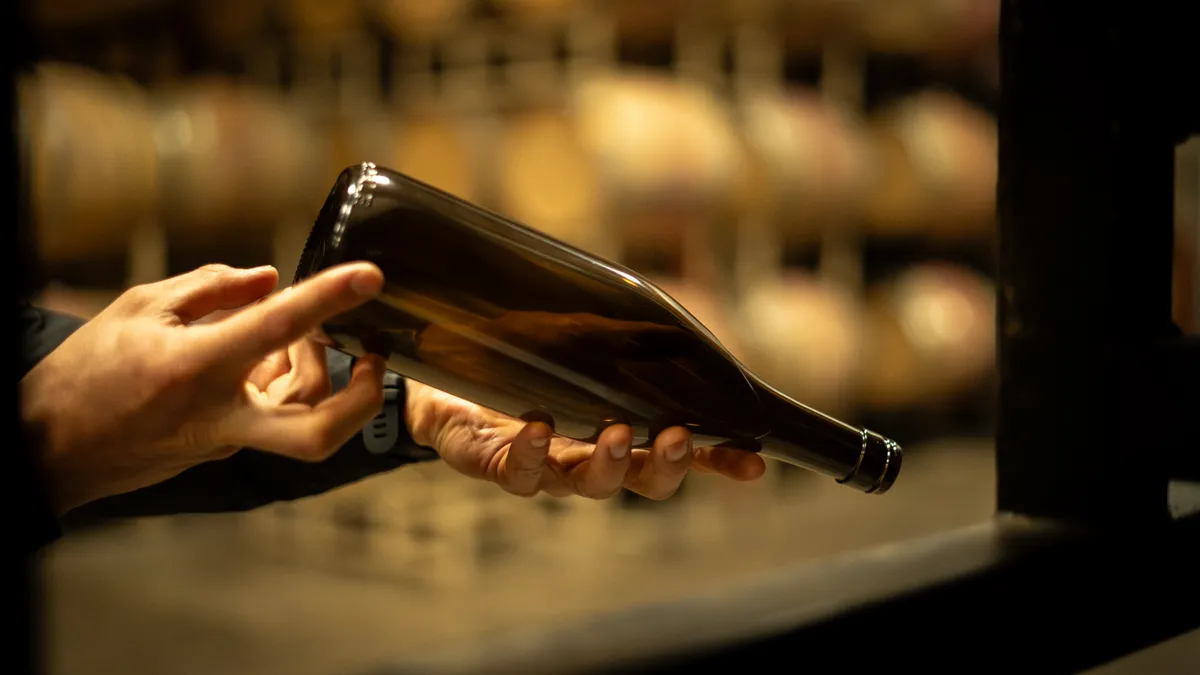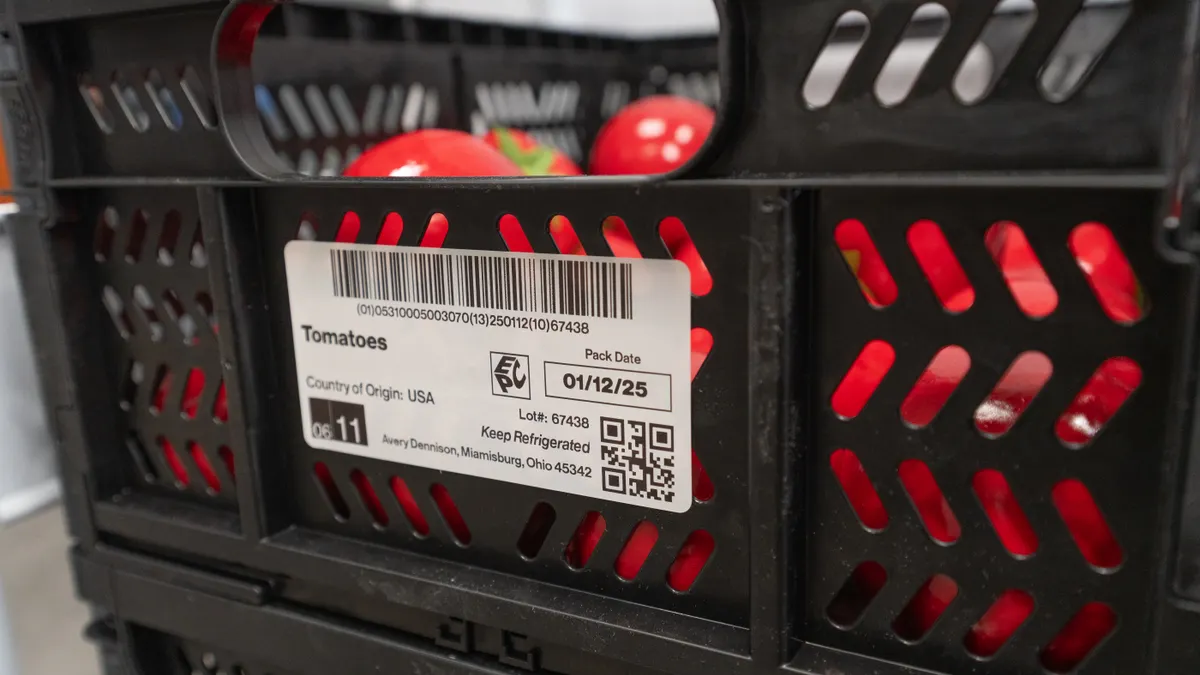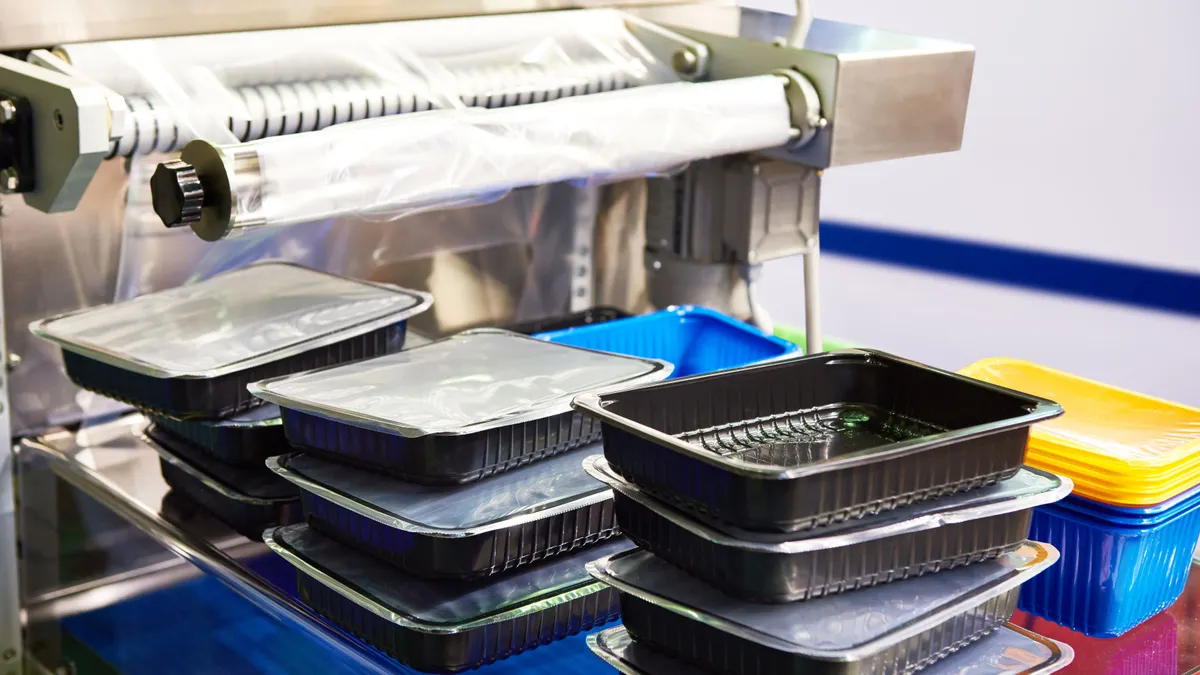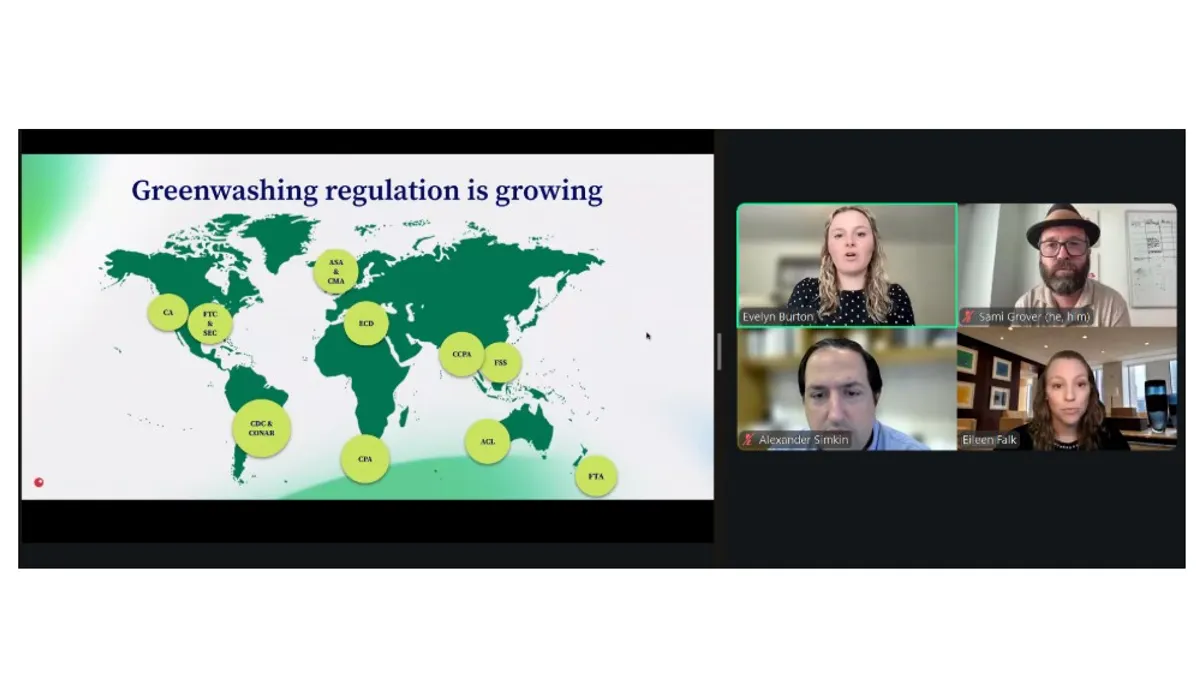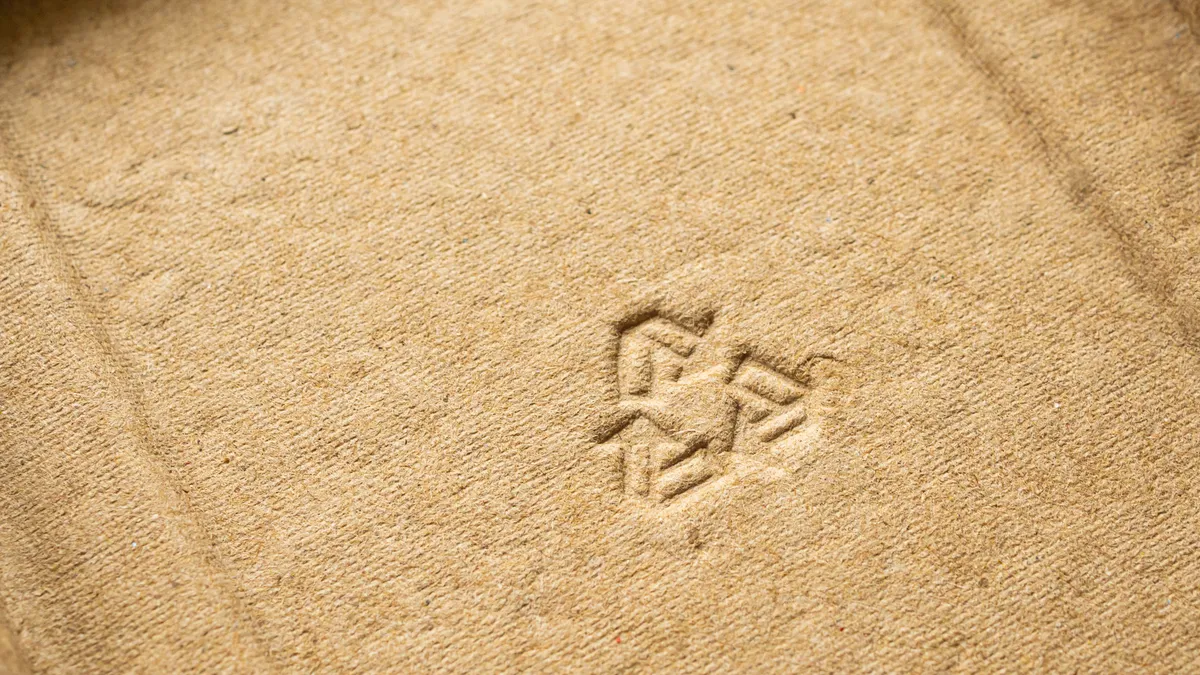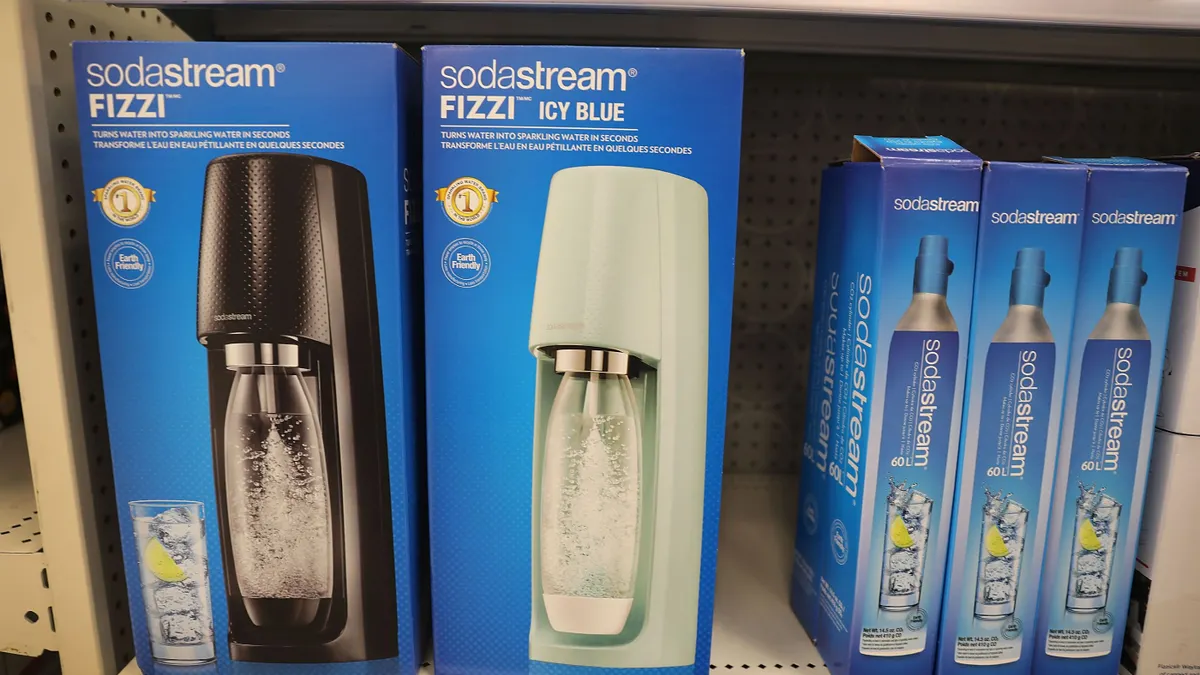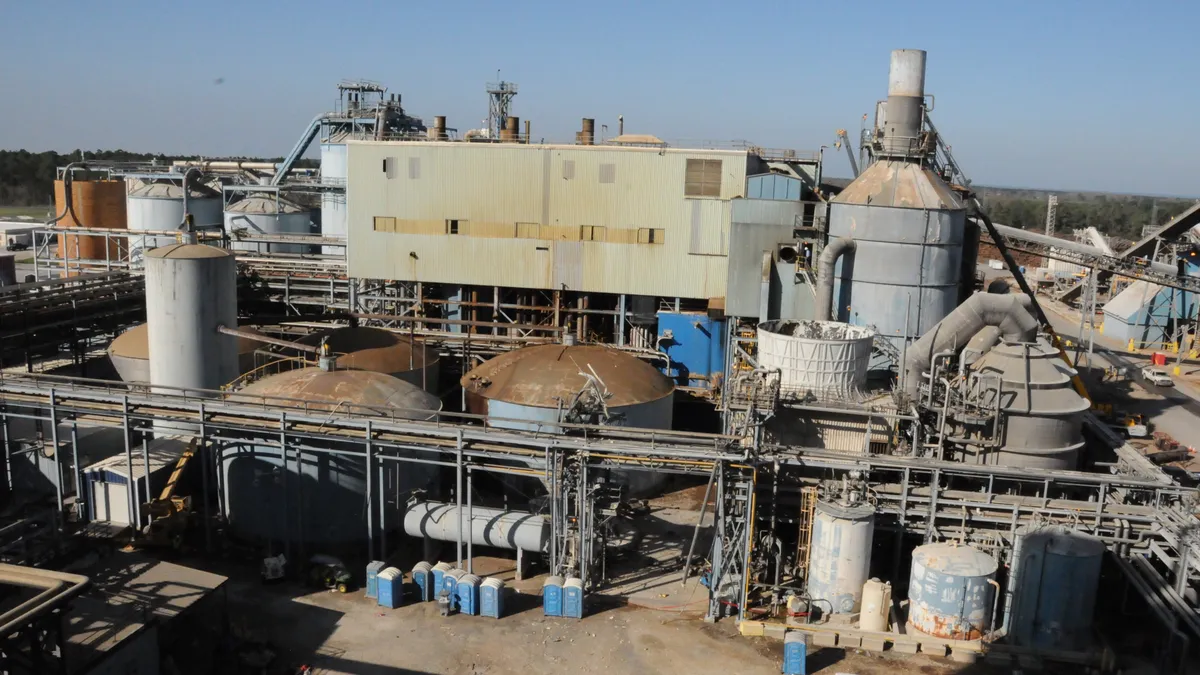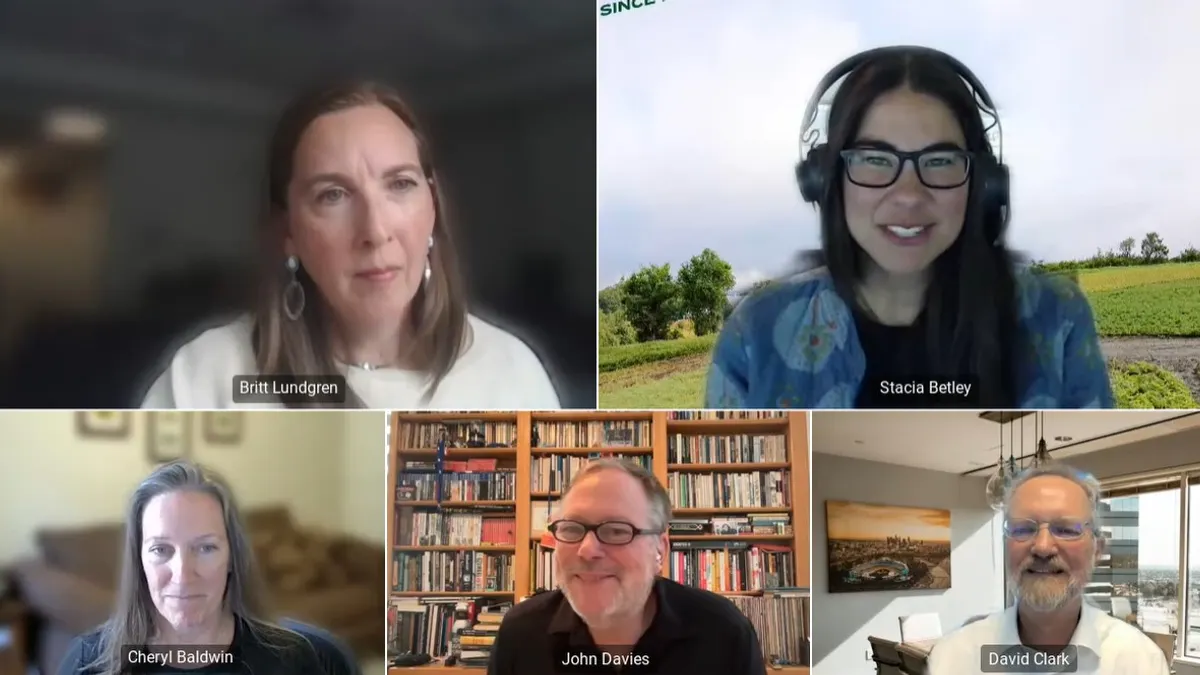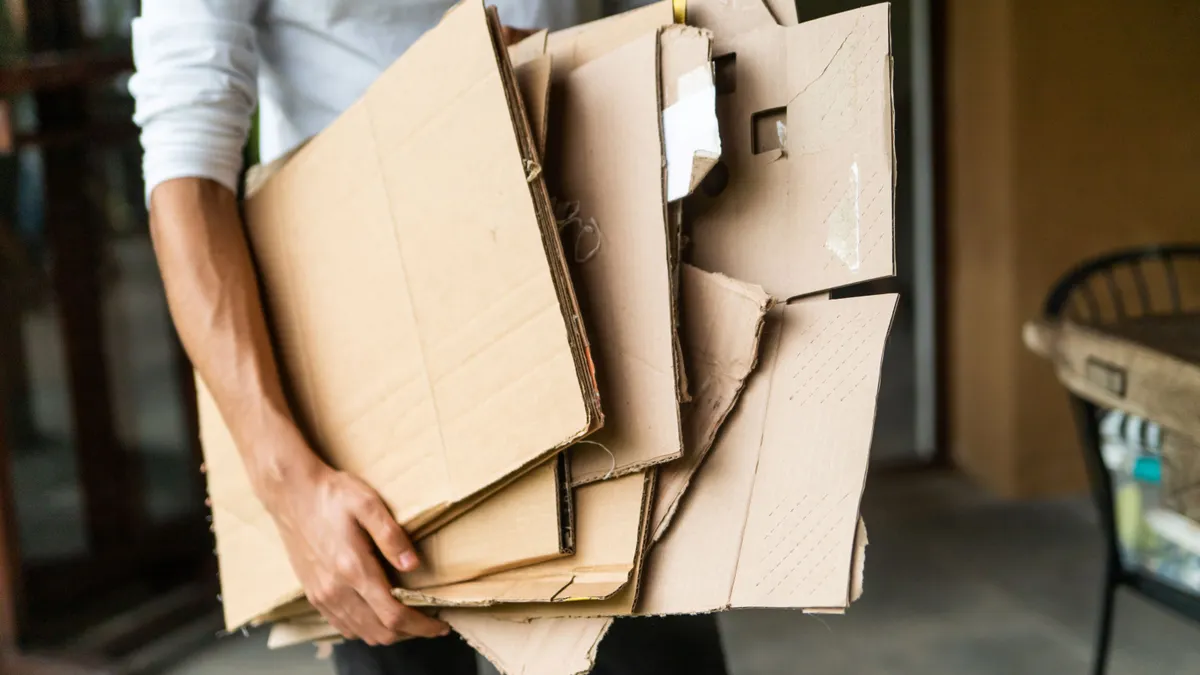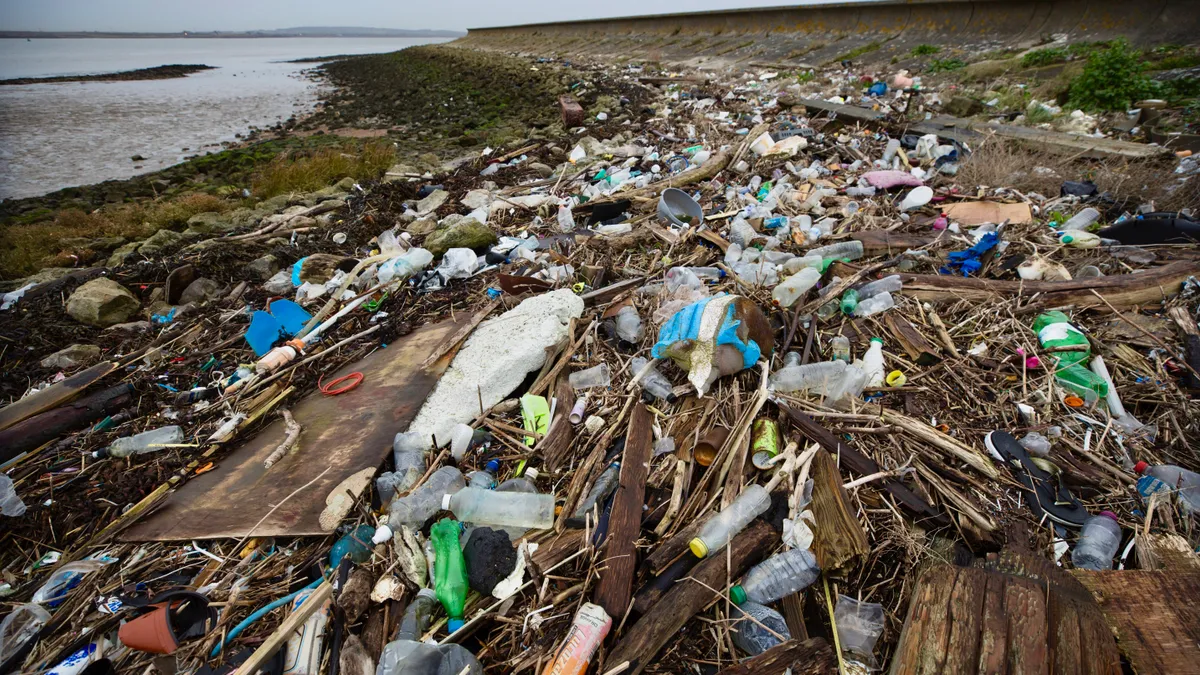At a time when many companies are reevaluating their packaging sustainability targets, O-I Glass announced this year that it’s upping the ante on its 2030 ambitions.
| Previous target | Updated target | |
| Energy & emissions | Reduce total GHG emissions by 25% by 2030 (from 2017 baseline) and use 40% renewable electricity | Reduce total GHG emissions by 47% by 2030 (from 2019 baseline) and use 80% renewable electricity |
| Recycled content | Increase recycled content to 50% average by 2030 | Use 60% recycled glass (cullet) on average by 2030 |
O-I has historically taken a more conservative approach to goal-setting, explained Sustainability Director Sonya Pump, who joined the company in 2022. In 2024, the company reported having reduced scope 1 and 2 emissions by 20%, blowing past a 10% interim target for 2025. It also had an average of 40% recycled content as of 2023. Given that progression, it was time to think bigger, according to Pump.
Major considerations that have factored into O-I’s goal-setting have included aligning with Science Based Target initiative standards, the impact of forthcoming investments and footprint changes, and a focus on improving energy and operational efficiency.
The company also closely examines existing tools and evolving technologies in different geographies. For example, it’s working on its first hybrid-electric furnace in France.
“A lot of the time we get the question, why aren't we doing electric furnaces everywhere? Well, we see a lot of grid limitations in a lot of the areas where we operate. Sometimes electricity is not available in the quantities we would need it for electric furnaces,” she said.
When it comes to the global recycled content goal, that one is “probably one of the hardest ones to achieve, because a lot of the collection is out of O-I’s control,” Pump noted. Some plants in Europe average above 60%, 70% and even 80% recycled content. That pulls up O-I’s global average. “We do know there's a lot of work to be done in North and South America, where the recycling rates are lower,” though bottle bill and extended producer responsibility legislation, as well as regional partnerships, offer some hope, she said.
Meanwhile, O-I is also working with customers on lightweighting packages, though that remains outside of the scope of O-I’s own specific targets. The company doesn’t set an in-house goal in that area because it’s more dependent on negotiations with individual customers and their needs.
Pump shared more about O-I’s goal-setting philosophy.
This interview has been edited for length and clarity.
PACKAGING DIVE: What are some things you credit for hitting goals early, and what did that teach you about how to set appropriately feasible but also ambitious goals going forward?
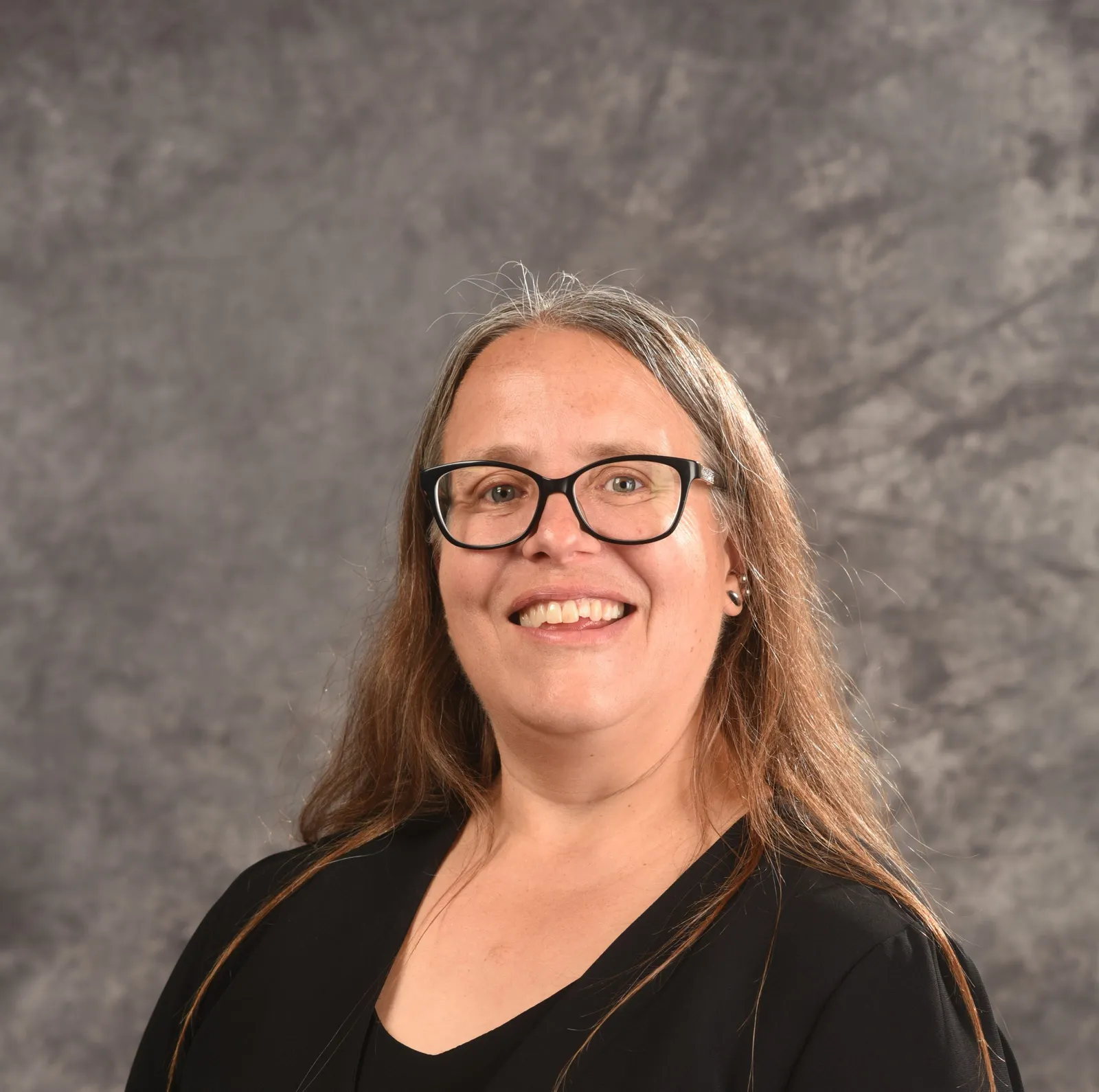
SONYA PUMP: That's something I was very proud of when I came to O-I, was learning that we're a very conservative company, meaning, we didn't want to put things out there that we didn't think we could achieve.
Even though the original goals for 2030 were not as aggressive as some of our competitors’, we really had a plan of how to get there through implementing something we call GOAT furnaces, which were gas-oxy furnaces with waste heat recovery on them, which bring us about a 20% fuel efficiency savings in our furnaces when we implement those in combination with increasing our recycled content, meaning more cullet, more recycled glass, which uses lower energy and lower emissions in turn.
A lot of people were re-examining their goals. So we felt: If we're already here, let's see how much further [we can] go. What do we think is realistic for 2030 now that we kind of see the path that we've taken?
And so we sat down and did a reassessment of what a 1.5 degree pathway looks like. We felt with our road maps going forward, we could stretch our renewable electricity goal to 80% and that would be realistic and attainable. And then we had some good progress on our recycled content and cullet consumption, and so we upped those goals from 50% to 60% on average by 2030.
We're doing our first hybrid-electric furnace in Veauche, France, in 2026, and so as we learn more about that technology and continue to install GOAT furnaces, we felt we had a clear pathway that could get us to that 1.5 degree pathway, which is a 47% GHG reduction by 2030. In summary, we felt that it was an achievable goal. We felt we have a clear pathway of how to get there, and so we felt the time was right to refresh that goal and state it, which I'm actually really proud of, because you see a lot of companies pulling back on sustainability goals at this time and not knowing how they're going to get there.
I give O-I a lot of credit that they only put out what they really felt they could do, and then sometimes it was maybe to our detriment, where customers [ask], ‘Why aren't your goals as aggressive as everyone else's?’ But it's nice now to go out there and say, look, we can walk the talk, right? We can really do this.
O-I is undertaking these more ambitious goals at a time that it's also trying to cut costs. Can you talk a little bit about advancing both of those at the same time?
As we standardize our operations to get standard speeds and throughputs, what it really does as well is it unlocks more capacity, as we do a process we're calling “total organizational effectiveness.”
We see unlocking more tons through process efficiency, which also helps lower our energy per ton, and lower our operating costs per ton. So it ties into the strategy of that cost effectiveness, but also helps us with our sustainability. We see it as being a win-win, if we can make more tons at a lower energy per ton, it also comes back into our sustainability play.
And then the GOAT furnaces and the different technologies ... we do a full economic analysis on each of those with carbon taxes and with energy and different pricing and things to see which ones make the most sense by geography and area.
Do you have a sense of what O-I’s approach to revisiting or iterating on sustainability goals in the future might be?
I think we'll take the same approach we did up to now. We'll see how our progress is going as we get closer to the 2030 target. If we're going to over-achieve them again then we'll reset them to be more aggressive.
We know how to get there right now with the levers we see, but we're also optimistic that more technologies will come to fruition as [more companies, more markets] work on sustainability.
[For example,] we completed a biofuel trial at our Harlow plant this year that was very successful and showed a huge reduction in carbon ... But right now, the market's not there for price or for supply ... but we're still working on those future levers. So we're hoping that markets will mature and bring more opportunities to the table that really allow us to exceed these goals ... Because we know 1.5 degrees is the target for now, but at the end of the day, we're going to have to have a net-zero goal at some point.



